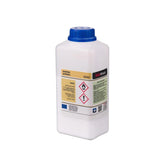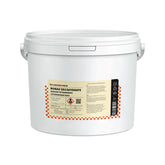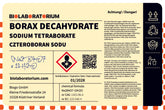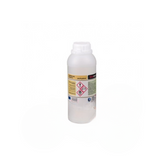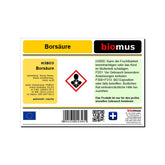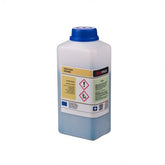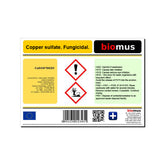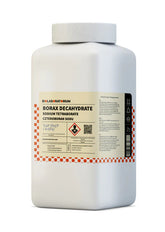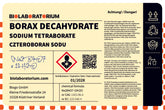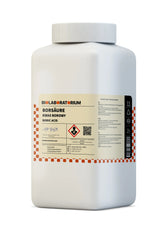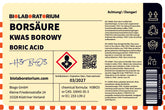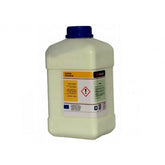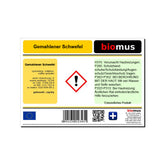Potassium permanganate – A versatile helper in the lab and household
Potassium permanganate, also known as potassium permanganate or potassium permanganic acid, is a chemical substance with diverse applications. This violet-red powder is a strong oxidizing agent and is used in numerous areas – from laboratories to households. In this blog post, we take a closer look at the properties, applications, and safe storage of potassium permanganate.
What is Potassium Permanganate?
Potassium permanganate is a chemical compound consisting of potassium (K), manganese (Mn), and oxygen (O). The chemical formula is KMnO4. It is a crystalline powder that is soluble in water and exhibits an intense violet-red coloration.
Potassium permanganate is a strong oxidizing agent used in many chemical reactions. It has high reactivity and can easily react with organic substances and other reducing agents. Therefore, special caution must be exercised when handling and storing potassium permanganate.
Application Areas of Potassium Permanganate
The versatility of potassium permanganate is evident in its numerous applications across various fields:
Laboratory Chemistry and Analytics
In laboratories, potassium permanganate is frequently used as an oxidizing agent in analytical methods. It is applied in titration, synthesis, and purification of chemicals. Additionally, it can be used for disinfecting laboratory equipment.
Water Treatment
Potassium permanganate plays an important role in water treatment. It is used to oxidize and remove iron, manganese, and organic impurities in drinking and wastewater. Due to its disinfecting properties, potassium permanganate can also be used to disinfect swimming pool water.
Surface Disinfection
The oxidative effect of potassium permanganate makes it an effective disinfectant for surfaces. It can be used to disinfect floors, walls, and equipment in hospitals, laboratories, or food processing facilities.
Medical Applications
In medicine, potassium permanganate is used as an antiseptic for wound disinfection and treatment of skin conditions such as fungal infections or warts. It is also used in dentistry for disinfecting tooth roots.
Agriculture and Horticulture
In agriculture and horticulture, potassium permanganate can be used as a fungicide, algicide, and disinfectant. It serves to treat plant diseases and disinfect seeds or harvesting equipment.
Household and Cleaning
Last but not least, potassium permanganate also has diverse applications in households. It can be used for cleaning and disinfecting surfaces, sanitary facilities, or removing stains. Potassium permanganate also plays a role in textile cleaning.
Safe Handling and Storage of Potassium Permanganate
Since potassium permanganate is a strong oxidizing agent, special caution must be exercised during handling and storage. The following safety precautions should be observed:
Storage
Potassium permanganate should always be stored in a cool, dry, and well-ventilated place. Direct sunlight and moisture should be avoided, as they can lead to decomposition reactions. Additionally, storage must be separate from flammable or reducing substances.
Handling
When handling potassium permanganate, wearing protective equipment such as gloves, goggles, and respiratory protection is recommended. The powder should not be inhaled or come into contact with the skin. Spills require careful cleanup and proper disposal according to regulations.
Disposal
Unneeded or expired potassium permanganate must be disposed of properly. It is classified as special waste and must not be disposed of with household trash. Disposal should be carried out by licensed waste management companies.
Conclusion
Potassium permanganate is a versatile chemical substance with numerous applications – from laboratories to households. However, due to its properties as a strong oxidizing agent, caution must always be exercised during handling and storage. With the right safety measures, potassium permanganate can be a useful helper in various fields.
